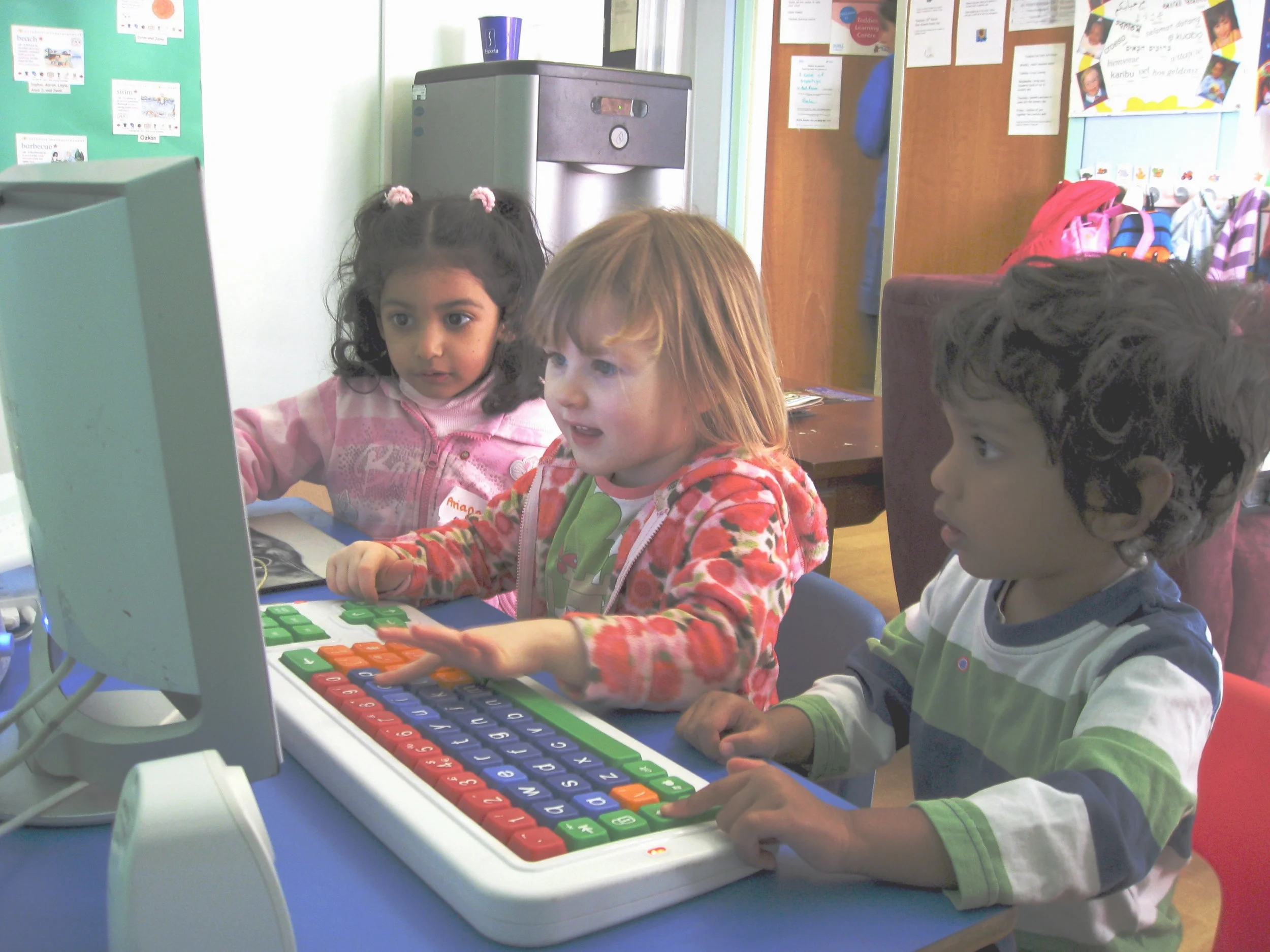Reported By Hallie Knotts
The first day of school can be tough. A new classroom, teacher and classmates can be a bit intimidating. But have you ever thought about the kids who don’t speak English as their first language? Imagine your first day at school as a non-native English speaker. Not only do you have to keep up with the schoolwork, but you also have to understand the language. Many students in the U.S. experience this on a daily basis. That is why using English as a Second Language (or ESL) is becoming more widely practiced. ESL is giving students a chance to feel more comfortable in the classroom and can also help them in their future endeavors.
So what exactly is ESL? ESL is coursework designed to help students who are looking to learn English as their second, third, or in some cases, fourth language. ESL programs hire teachers that are often bilingual. These teachers help students develop better speaking, writing, reading and listening skills.
This all sounds great, but what if I don’t speak the same language as my student? There are simple solutions for that. First, try using non-verbal cues such as hand gestures. You could even try using sign language and make it a fun learning activity for the whole class. In addition, you can use visuals like drawings and posters. If it helps, think of communicating with a non-native English speaker like communicating with a small child. Just make things more simple and clear. Another tactic that some teachers use is called code-switching. Code-switching is when you mix or alternate between languages. For example, if you want to say, “Let’s go kids!” you could mix some Spanish into that by saying, “Vamos kids!” Speaking a little bit of both languages allows English learning students to feel more comfortable and your other students can learn a little bit of another language.
There are many benefits to teaching an ESL class. Not only is it rewarding to see your students communicate in a new language, but you can also see them make connections more easily than before. A recent study titled “The Contribution of Multilingualism to Creativity” showed that students in an ESL environment undergo chemical changes in the brain. Language learning has shown an increase in memory capacities, especially in short-term memory. This is beneficial because it allows the brain to keep information in for longer durations during the thinking process. A student can also stay on a task for longer periods of time because they are able to filter out the distractions and extraneous information. These skills can be used throughout their academic careers and life itself.
Furthermore, using ESL techniques in your classroom benefits your native English-speaking students as well. Allowing your Latino student to speak Spanish at times can give the other students a sense of historic identity and cultural connection. You can also give your more advanced students a challenge by pairing them up with an ESL student. This helps your gifted student learn how to communicate differently and it helps your ESL student build a relationship with a peer.
In the 2014-15 school year there were 4.6 million students who were English language learners (The Condition of Education 2017). That number is only going to rise over the next few years. By engaging and empathizing with your ESL students, you can make learning less stressful for them. Overall, using ESL techniques in your classroom is a great technique to get your students involved with something new and different. Why not change things up and add some ESL tactics to your classroom?
Hallie Knotts
Hi there! My name is Hallie Knotts and I am a reporter for the BEFA team! I was born and raised in Louisville, Kentucky and graduated from The University of Mississippi in 2017. I currently live in Madrid, Spain. Once I return home I hope to pursue a career in public relations or communications.




















